Fitness Trends in Different Cultures: What We Can Learn
In an era of globalization, fitness enthusiasts have the opportunity to draw inspiration from a myriad of cultural practices around the world. Each culture brings its unique approach to physical well-being, influenced by historical, social, and environmental factors. Let's dive into the distinctive fitness trends from various cultures and discover the valuable lessons they offer.
1. Yoga in India: The Path to Inner Peace
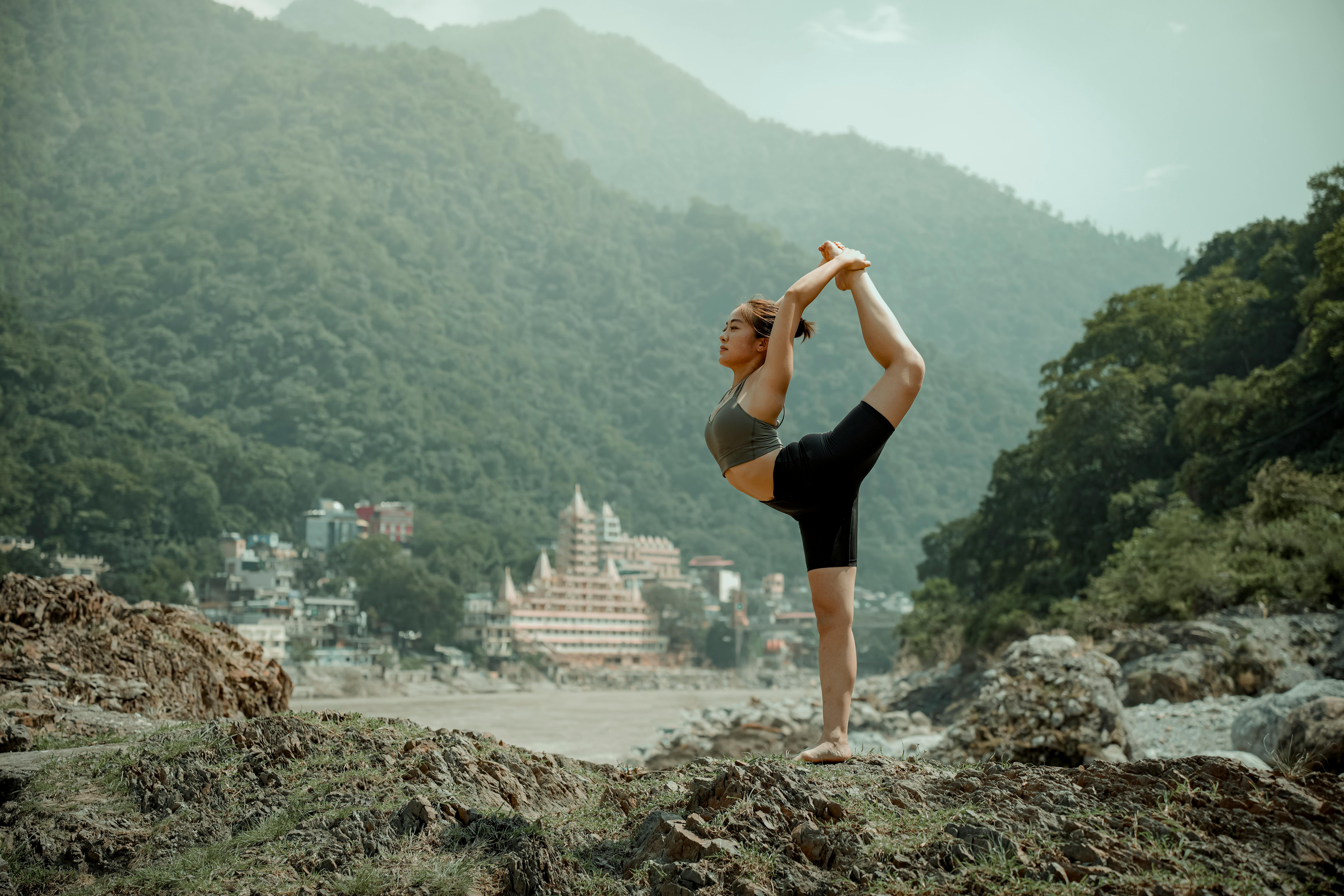
Cultural Context:
Originating over 5,000 years ago, yoga is deeply rooted in Indian culture and philosophy. It encompasses a holistic approach to health, integrating physical, mental, and spiritual practices.
Key Elements:
- Asanas (Postures): Enhance flexibility, strength, and balance.
- Pranayama (Breathing Techniques): Improve respiratory function and reduce stress.
- Meditation: Foster mental clarity and inner peace.
Lessons Learned:
- Holistic Wellness: Incorporating mind-body practices into fitness routines can enhance overall well-being.
- Stress Management: Regular practice of yoga can significantly reduce stress and promote mental tranquility.
2. Capoeira in Brazil: Grace and Power Combined
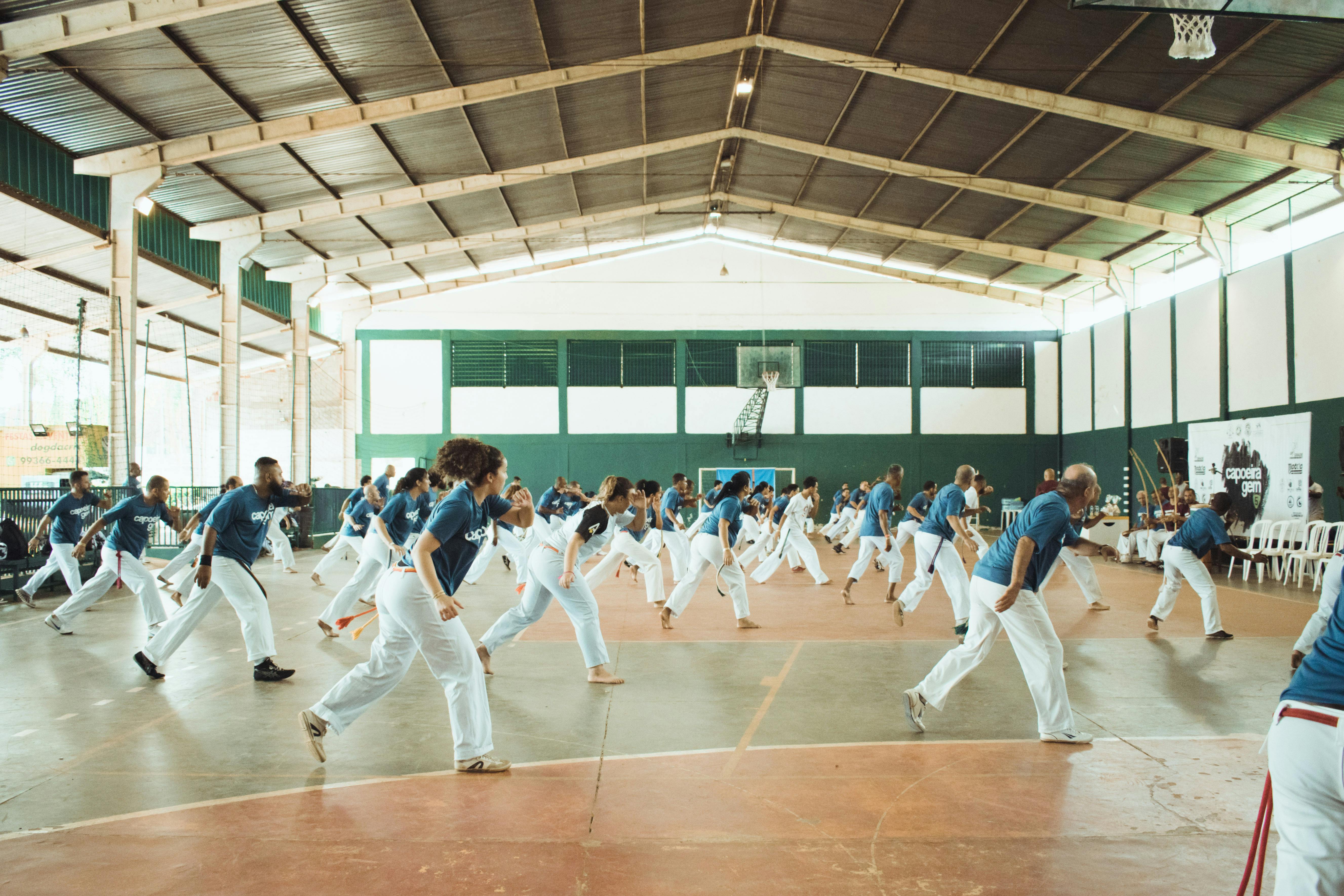
Cultural Context:
Capoeira was developed by African slaves in Brazil as a form of resistance disguised as dance. It combines martial arts, acrobatics, and music.
Key Elements:
- Ginga (Basic Movement): A fluid, swaying motion that forms the foundation of Capoeira.
- Acrobatics: Enhance agility, coordination, and strength.
- Music and Rhythm: Integral to the practice, creating a lively and communal atmosphere.
Lessons Learned:
- Functional Fitness: Engaging in dynamic and varied movements improves overall physical capabilities.
- Community Engagement: The social aspect of Capoeira fosters a sense of belonging and mutual support.
3. Nordic Walking in Finland: Embracing the Outdoors
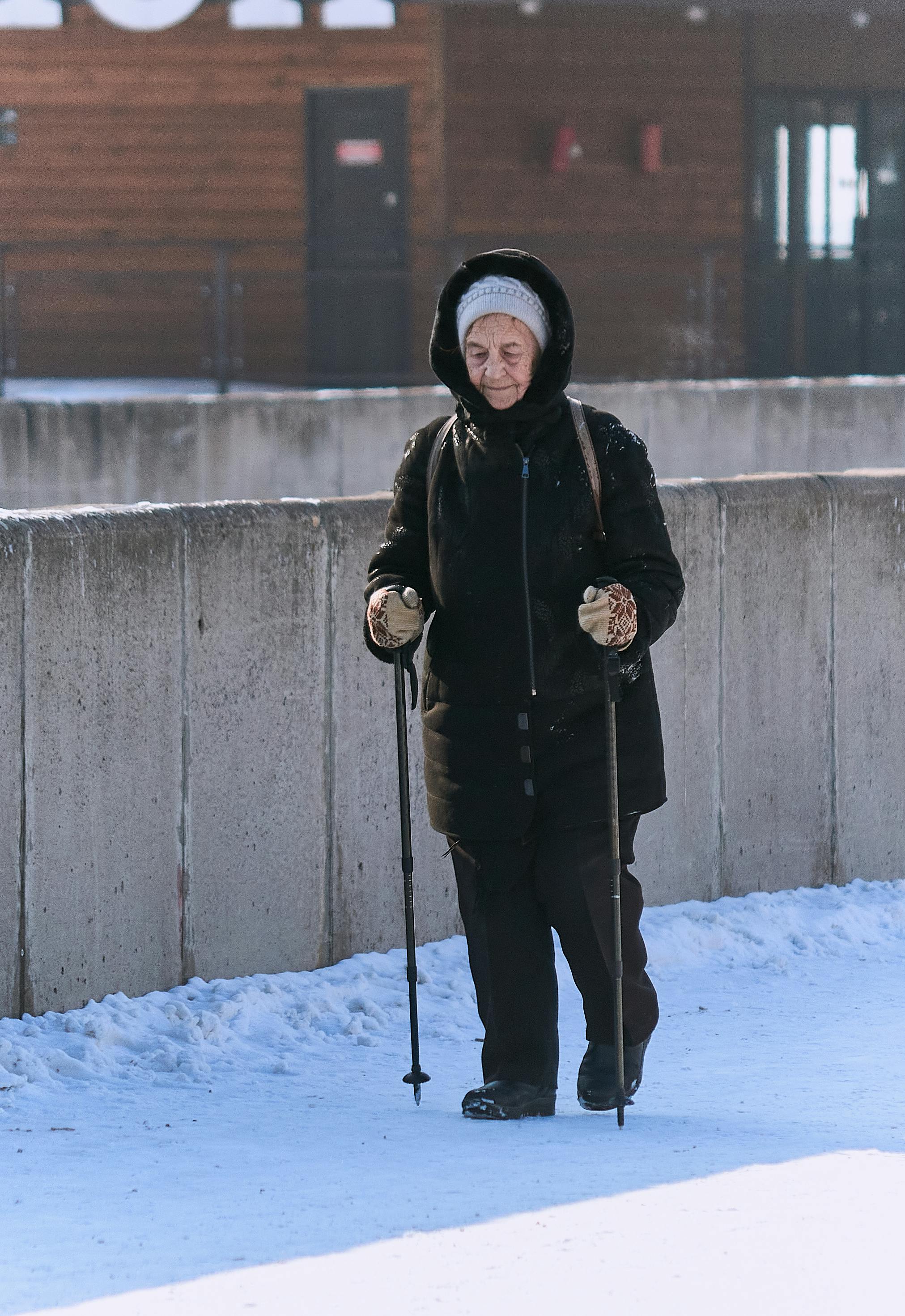
Cultural Context:
Developed as a summer training method for cross-country skiers, Nordic walking has become a popular fitness activity in Finland.
Key Elements:
- Poles: Used to engage the upper body, enhancing the workout.
- Natural Settings: Often practiced in parks and nature trails.
- Full-Body Workout: Combines cardiovascular exercise with muscle toning.
Lessons Learned:
- Low-Impact Exercise: Suitable for all fitness levels, providing a gentle yet effective workout.
- Connection with Nature: Outdoor activities can boost mental health and well-being.
4. Tai Chi in China: The Art of Slow Movement
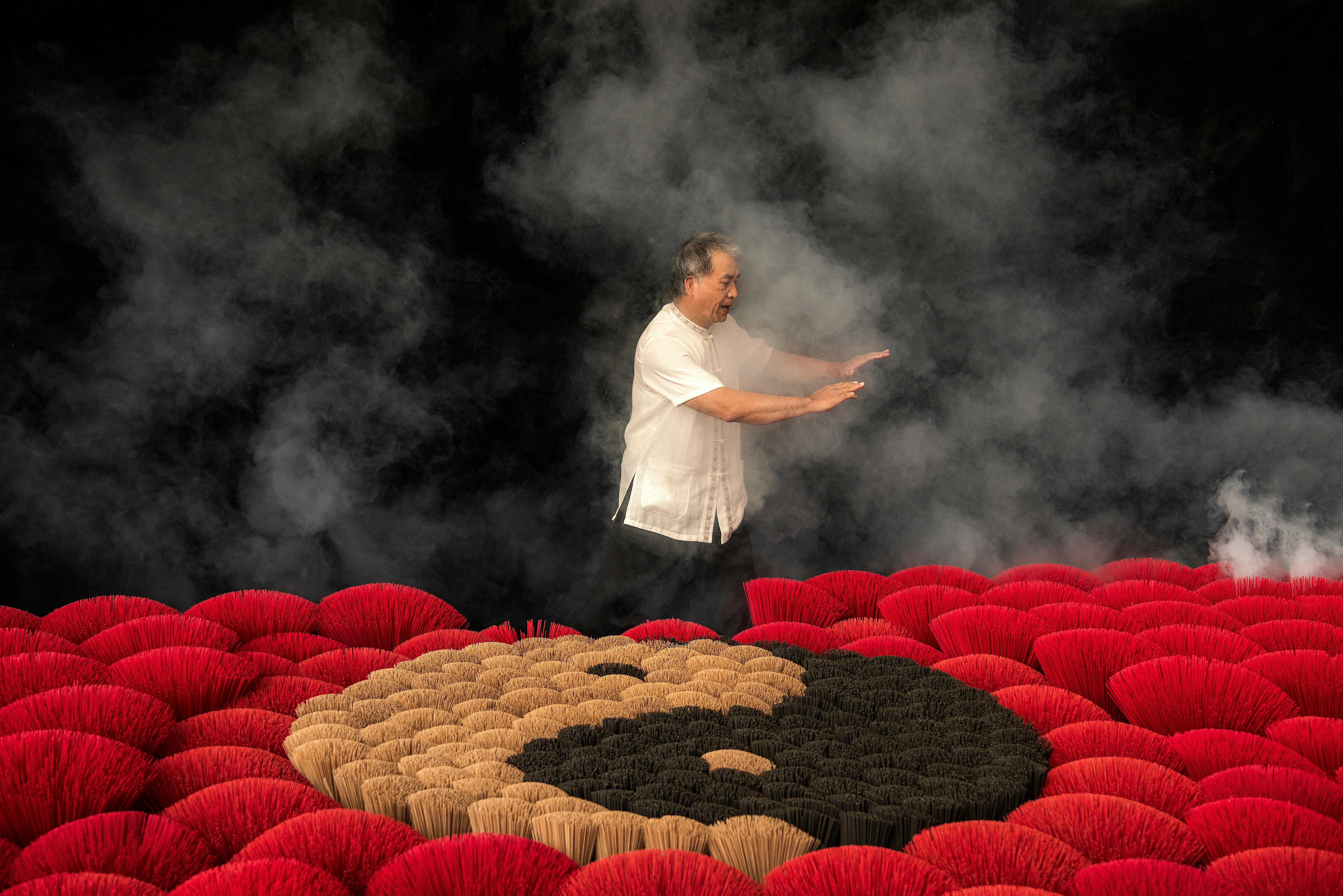
Cultural Context:
Tai Chi, with its origins in ancient China, is known for its slow, deliberate movements and focus on inner energy (Qi).
Key Elements:
- Flowing Movements: Promote balance, flexibility, and strength.
- Mindfulness: Integral to the practice, fostering mental focus and relaxation.
- Qi Cultivation: Enhances vitality and overall health.
Lessons Learned:
- Balance and Coordination: Slow, controlled movements improve physical stability and prevent falls.
- Stress Reduction: The meditative aspect of Tai Chi promotes calmness and mental clarity.
5. Parkour in France: Navigating Urban Landscapes
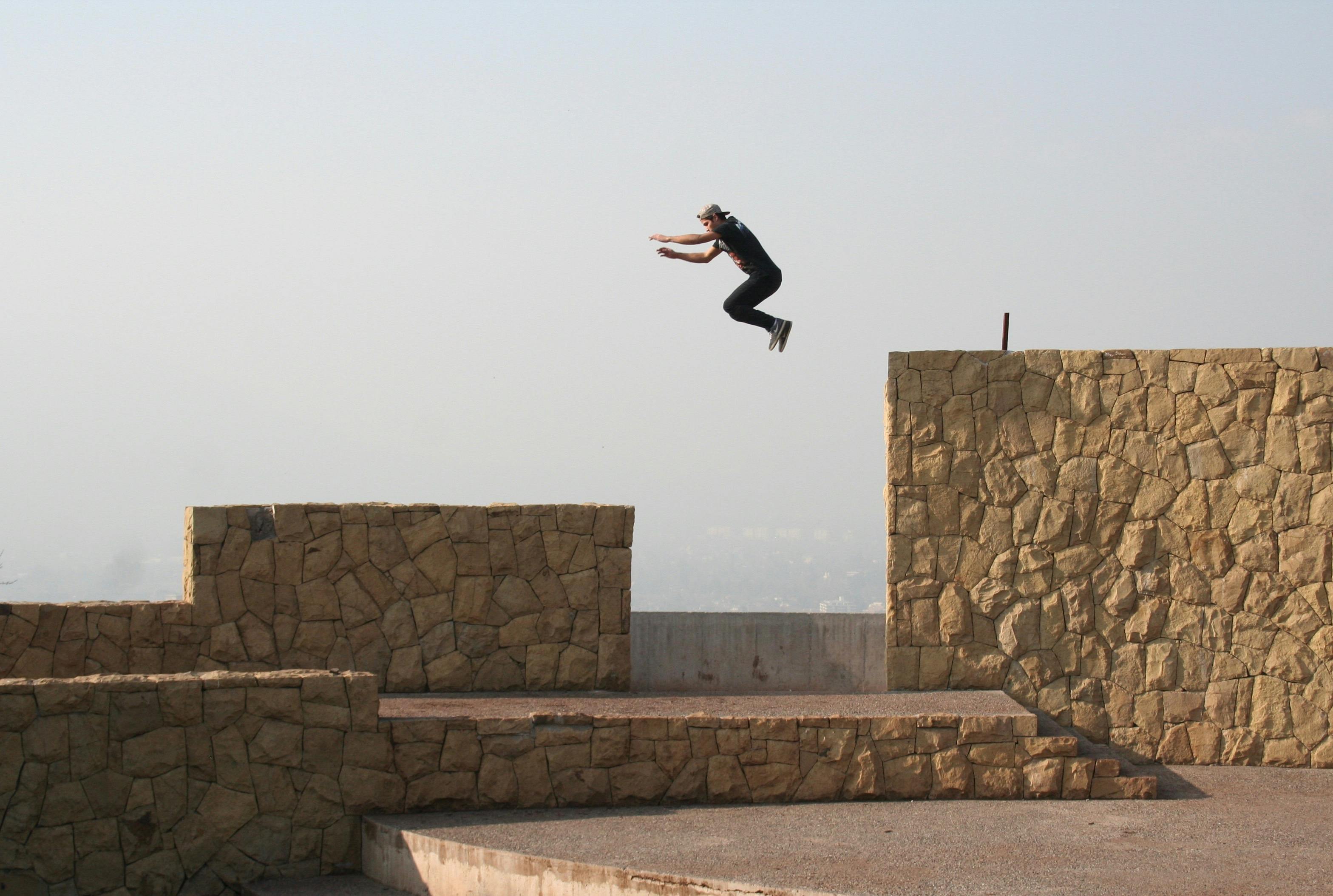
Cultural Context:
Parkour, developed in France, involves moving through urban environments by running, jumping, and climbing obstacles.
Key Elements:
- Efficient Movement: Focus on overcoming obstacles quickly and fluidly.
- Creativity: Encourages innovative use of urban spaces.
- Physical Prowess: Enhances strength, agility, and coordination.
Lessons Learned:
- Functional Strength: Training for real-world physical challenges enhances overall fitness.
- Adaptability: Developing the ability to navigate diverse environments builds resilience and problem-solving skills.
6. Kalari Payatu in India: Ancient Martial Mastery
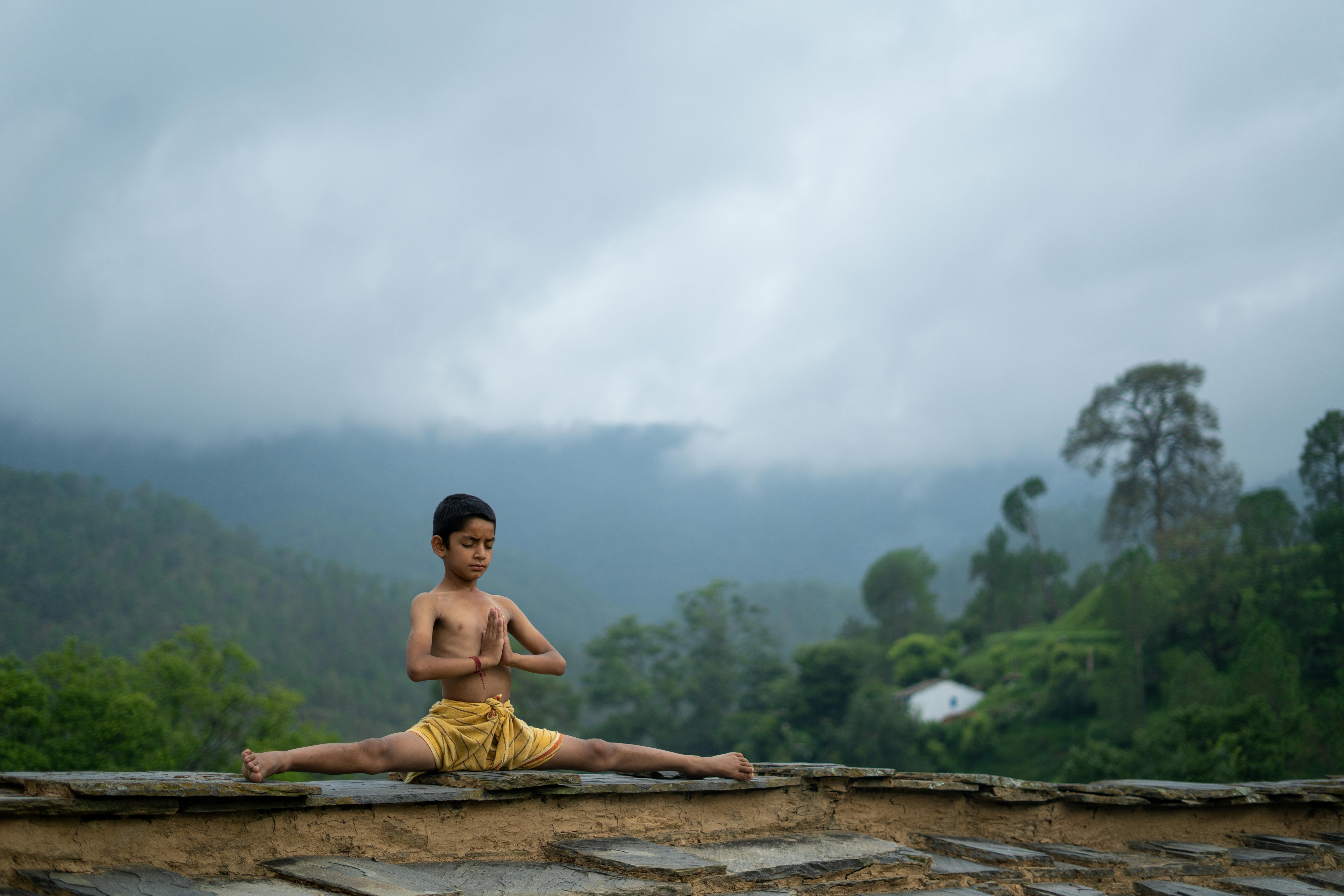
Cultural Context:
Kalari Payatu, originating in the Indian state of Kerala, is one of the oldest martial arts in the world, combining combat techniques with traditional healing practices.
Key Elements:
- Combat Techniques: Include strikes, kicks, and weaponry.
- Body Conditioning: Rigorous training to enhance strength and flexibility.
- Healing Practices: Integrates Ayurvedic principles for holistic health.
Lessons Learned:
- Discipline: The intensive training builds mental and physical discipline.
- Holistic Approach: Combining martial arts with healing practices promotes comprehensive health.
7. Zumba in Colombia: Dance Your Way to Fitness
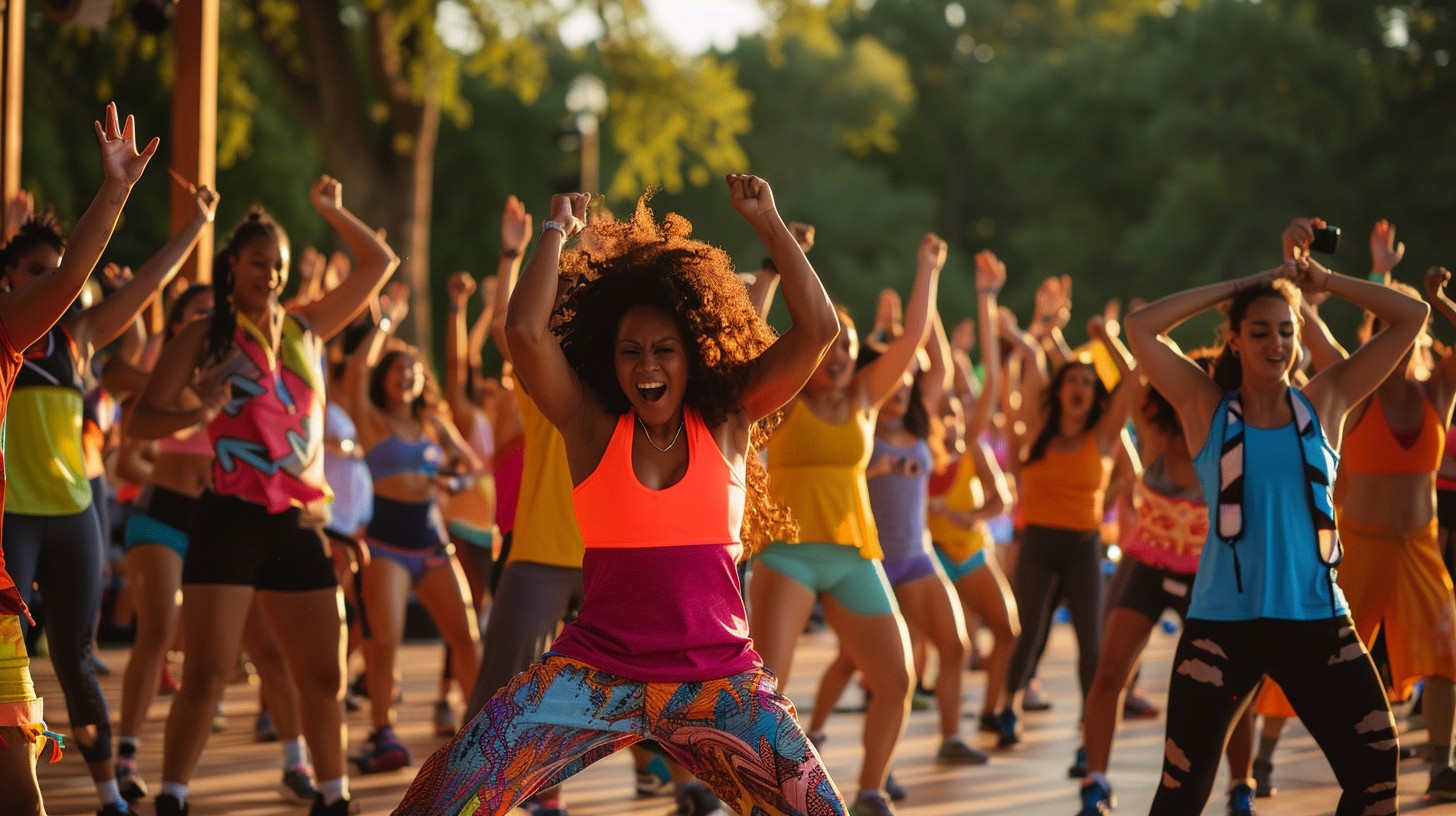
Cultural Context:
Zumba, created in Colombia, blends Latin dance styles with aerobic exercise, making fitness fun and engaging.
Key Elements:
- Dance Movements: Inspired by salsa, merengue, and other Latin dances.
- High Energy: Cardiovascular workout set to lively music.
- Group Classes: Encourage social interaction and support.
Lessons Learned:
- Enjoyment: Fun workouts, if you like dancing, increase motivation and consistency.
- Cardiovascular Health: High-energy dance improves heart health and stamina.
8. Muay Thai in Thailand: The Art of Eight Limbs
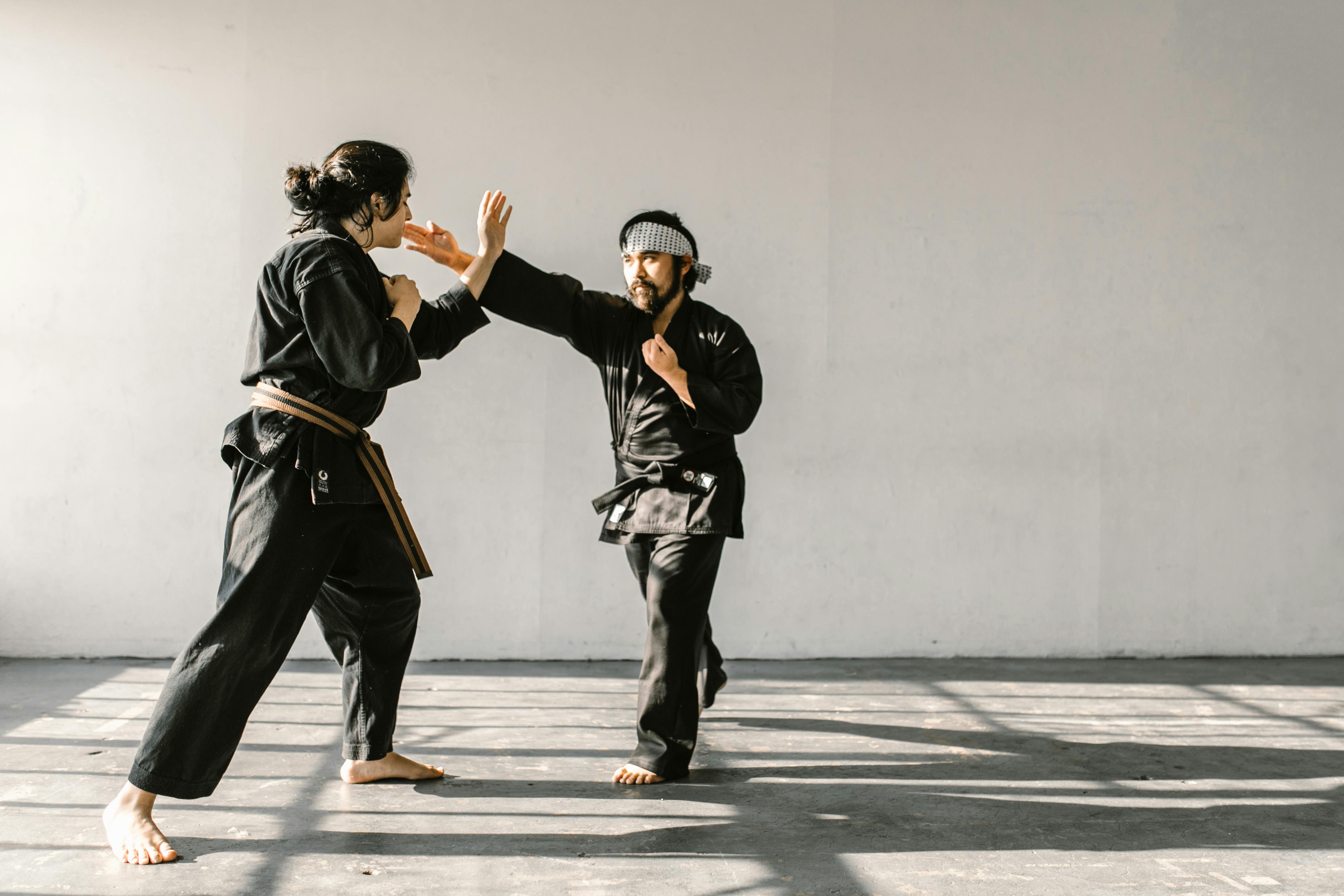
Cultural Context:
Muay Thai, or Thai boxing, is a traditional martial art from Thailand known for its use of punches, kicks, elbows, and knee strikes.
Key Elements:
- Striking Techniques: Utilize all parts of the body for combat.
- Conditioning: Intense physical training for endurance and strength.
- Mental Toughness: Builds resilience and discipline through rigorous practice.
Lessons Learned:
- Comprehensive Workout: Full-body training enhances physical fitness.
- Self-Defense: Practical skills boost confidence and personal safety.
9. Russian Systema: Combat and Survival Skills
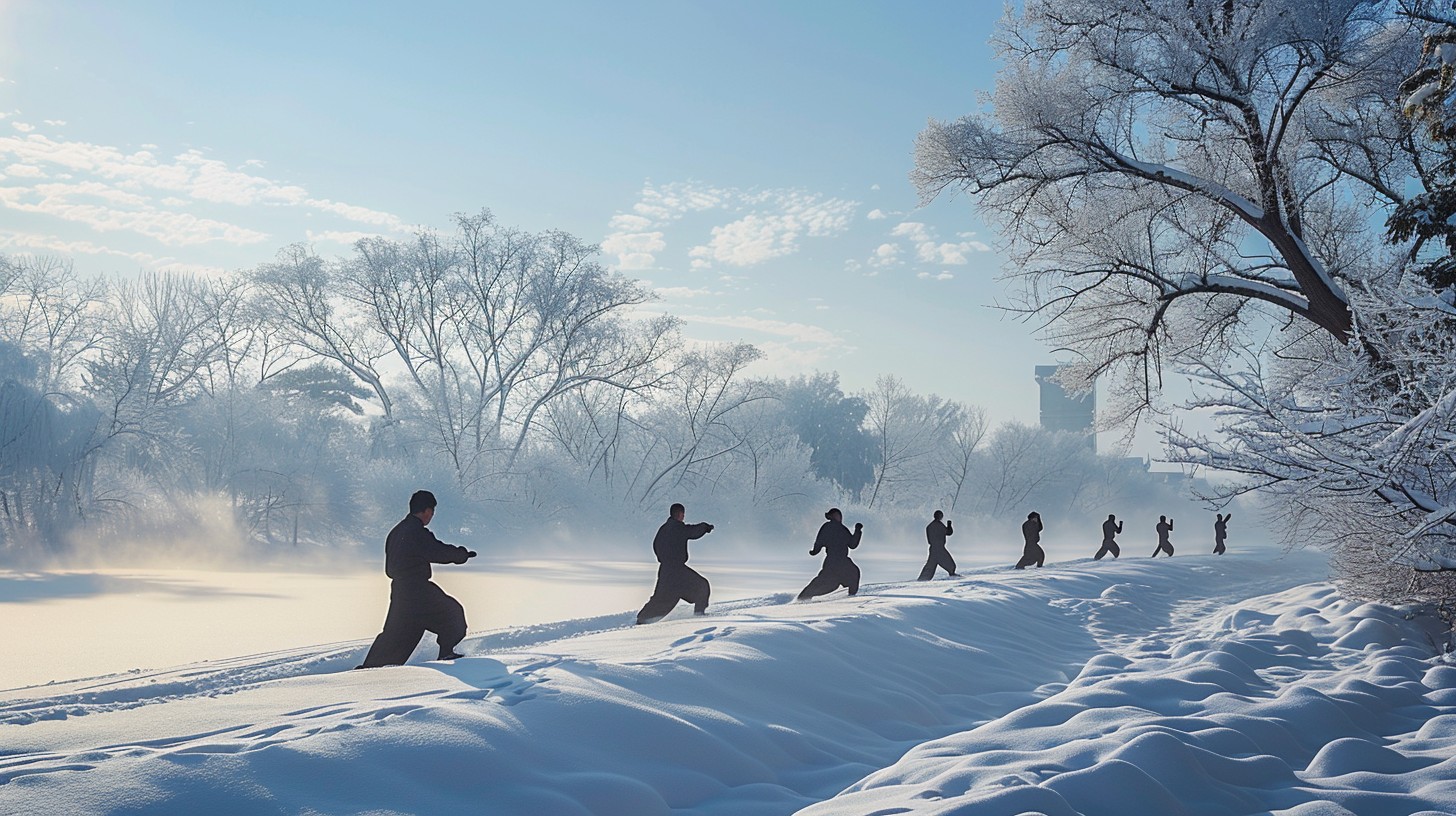
Cultural Context:
Systema, developed in Russia, is a martial art focused on adaptability and efficiency, emphasizing natural body movements and breathing techniques.
Key Elements:
- Combat Techniques: Includes strikes, grappling, and weapon defense.
- Breathing Control: Focus on proper breathing to manage stress and maintain stamina.
- Natural Movements: Promotes fluid and relaxed movements for maximum efficiency.
Lessons Learned:
- Stress Management: Breathing techniques help manage physical and mental stress.
- Adaptability: Training in varied techniques builds versatile self-defense skills.
10. Irish Dance: Precision and Rhythm
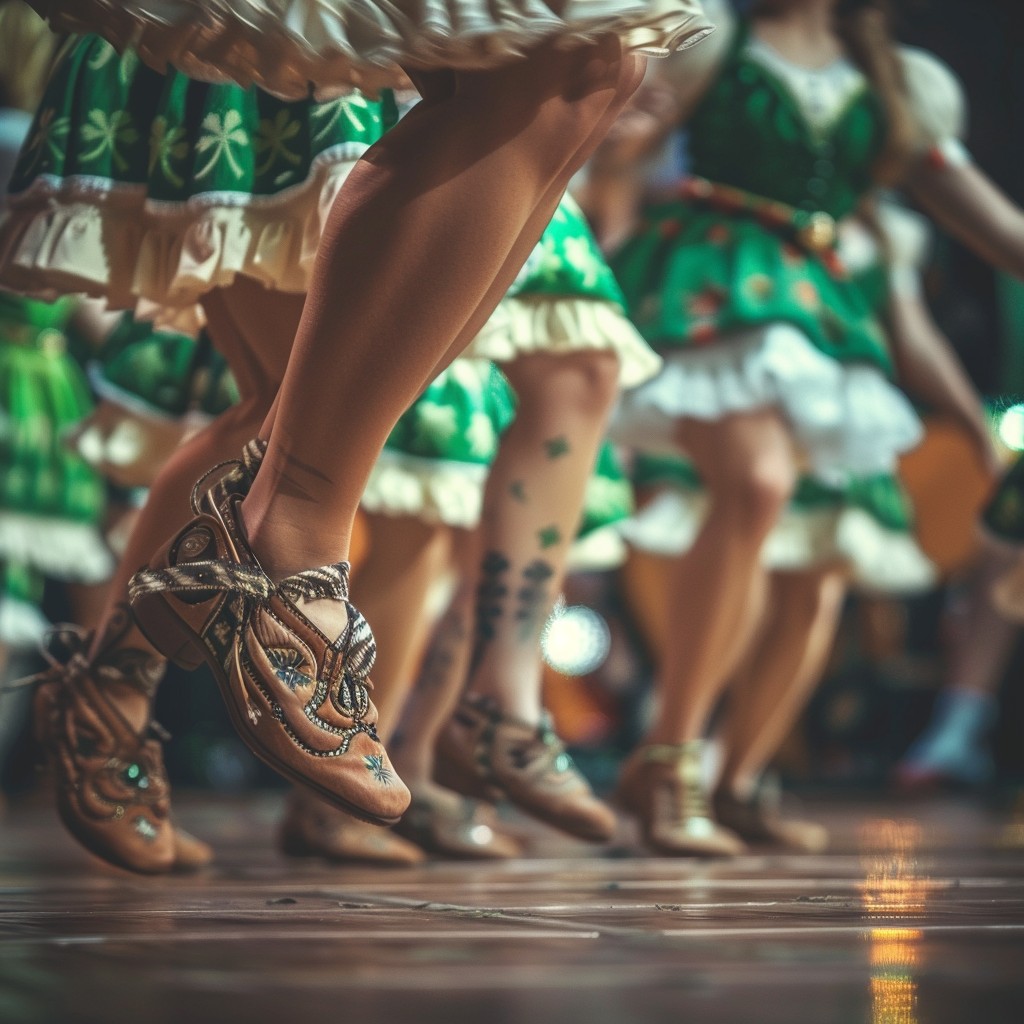
Cultural Context:
Irish dance, known for its rapid leg movements while the upper body remains largely static, is a traditional dance form from Ireland.
Key Elements:
- Footwork: Fast and precise leg movements requiring agility and coordination.
- Rhythm: Performed to traditional Irish music, emphasizing timing and rhythm.
- Group and Solo Performances: Can be performed in groups or individually, showcasing both teamwork and individual skill.
Lessons Learned:
- Agility and Coordination: Complex footwork enhances these physical attributes.
- Cultural Enjoyment: Dancing to traditional music can make fitness enjoyable and culturally enriching.
Conclusion
Exploring fitness trends from different cultures reveals a wealth of knowledge and inspiration. Whether it's the mindful practice of yoga, the dynamic combat techniques of Kalari Payatu, or the rhythmic precision of Irish dance, each tradition offers unique benefits that can enhance our fitness routines. By integrating these diverse practices, we can create a more balanced, enjoyable, and effective approach to health and wellness. So, let's celebrate the richness of global fitness cultures and embark on a journey to a healthier, happier life.